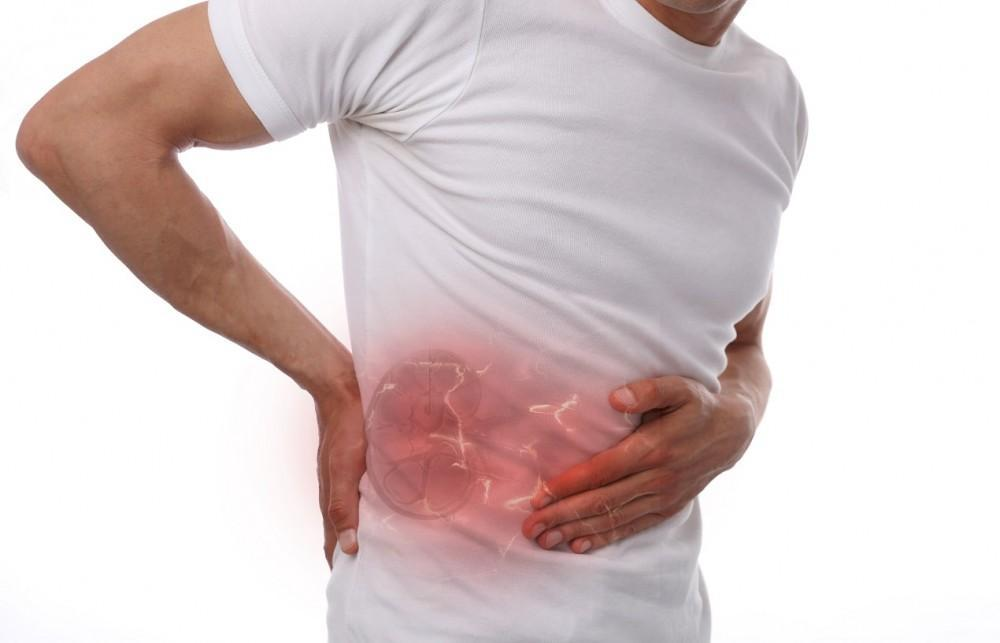Understanding the Causes: Kidney Stone Pain vs. Back Pain
Kidney stones form when minerals in the urine clump together, turning into stones. These stones can be very small or grow large enough to block the urine flow. This blockage causes sharp pain and can trigger symptoms of stomach stone issues. The stone’s movement from the kidney to the bladder is what typically causes pain.
In contrast, back pain often arises from muscle or ligament strain. Lifting something too heavy, moving awkwardly, or a poor sitting posture may be culprits. Over time, these factors lead to consistent discomfort.
While early symptoms of kidney stones include a nagging pain that moves from the back to the groin area, back pain typically stays in the lower back. Therefore, knowing these different triggers and locations of pain is vital to managing your health. Understanding the specific kidney stones causes symptoms and treatment can help in identifying the right course of action.
Spotting the Differences: Symptoms of Kidney Stones and Back Pain
Manifestations of kidney stones include severe pain, usually starting from the side or back, which can shift to the lower abdomen and groin. The pain can come in waves and alter in intensity. Along with this pain, some early signs of kidney stones might include nausea, vomiting, or burning kidney stones sensations during urination.
Back pain, however, is often centered around the lower back. It might extend down the legs if it involves a nerve. Unlike kidney pain, back pain can improve or worsen with movement.
Real-Life Stories: Experiences with Kidney Stones vs. Back Pain
John, a middle-aged man, thought his ongoing backache was due to regular activities. However, when the pain became unbearable, a scan revealed early signs and symptoms of kidney stones. His experience highlights the importance of consultation and proper medical tests.
Maria experienced kidney discomfort distinctly different from her usual back pain. She emphasized how kidney stones symptoms in women could intensify over time, stressing medical advice’s role.
When to Seek Medical Help: Recognizing Red Flags
If you experience severe or sharp pain, especially if it’s accompanied by blood in your urine, consult a doctor. Other critical signs include fever or chills with a backache kidney stones issue. When chronic pain persists or worsens, even without these alarms, consider further evaluation. Don’t wait if you suspect lingering kidney discomfort as it might signal something serious.
Getting Diagnosed: Medical Approaches to Differentiating Pain
Doctors use a variety of methods to pinpoint whether you have a kidney stone or just back pain. Tests may include urine analysis, blood tests, or imaging scans, like X-rays or ultrasounds. These tests help detect kidney stones and symptoms associated with it. Early detection is key to preventing complications and selecting proper treatment.
Treatment Pathways for Kidney Stones and Back Pain
When it comes to treating pain from kidney stones symptoms, approaches range from drinking lots of water to ensure stones pass naturally, to medical interventions for larger stones. Medications can help relieve pain. Additionally, techniques from Indian traditions, like ayurvedic treatments, incorporating herbs and specific dietary changes, have proven beneficial.
Alternatively, back pain treatment focuses on physical therapy, stretches, and sometimes over-the-counter pain relief. Incorporating better posture habits can minimize future episodes.
Prevention and Lifestyle Advice
Preventing early symptoms of kidney stones involves simple lifestyle changes. Stay hydrated to help prevent stones in the first place. Avoiding high-sodium foods and maintaining a balanced diet also supports kidney health. For back pain, practicing good posture and not sitting for too long can reduce strain.
Living with Pain: Emotional and Psychological Impacts
Chronic pain, whether from backache kidney stones or other causes, deeply impacts emotional wellbeing. It’s important to find supportive communities, whether online or in-person. Coping strategies could include mindfulness or light exercises to ease pain. Professional guidance is valuable for managing stress related to chronic discomfort.
In conclusion, understanding the kidney stones and symptoms can empower individuals to seek proper treatment, thus reducing discomfort and preventing potential complications. Always consult a healthcare provider for persistent or severe pain to explore your options and receive tailored advice.
